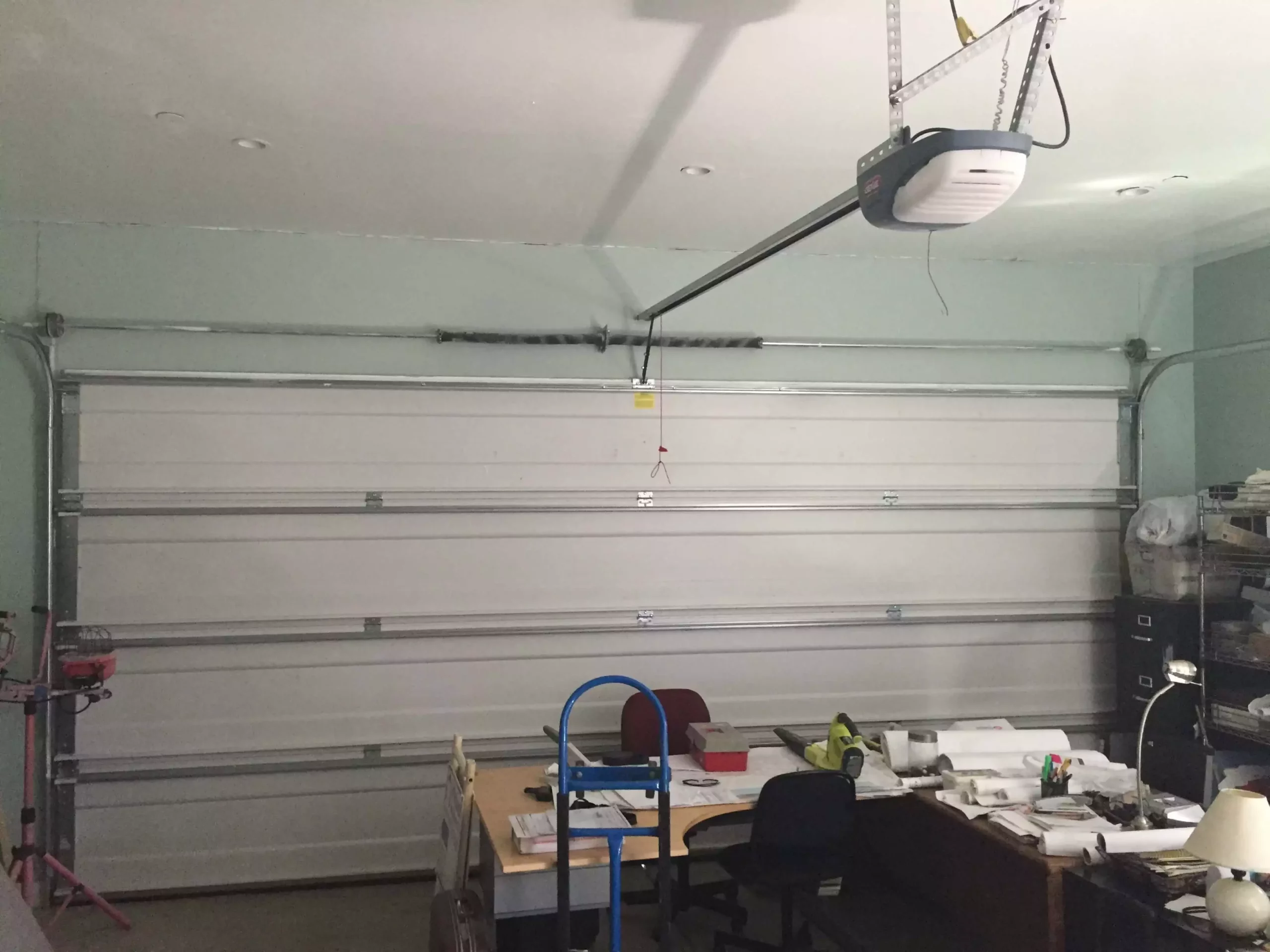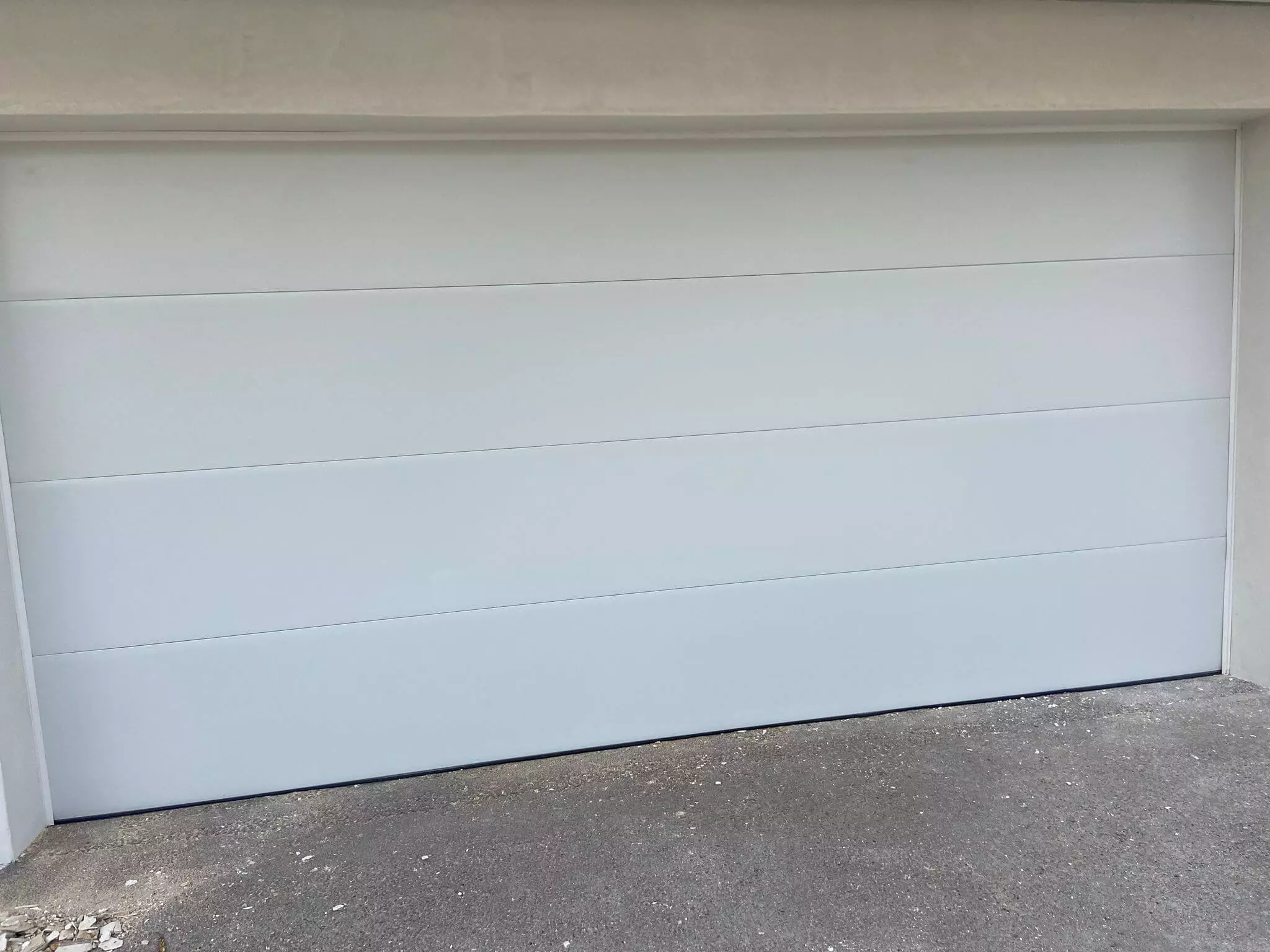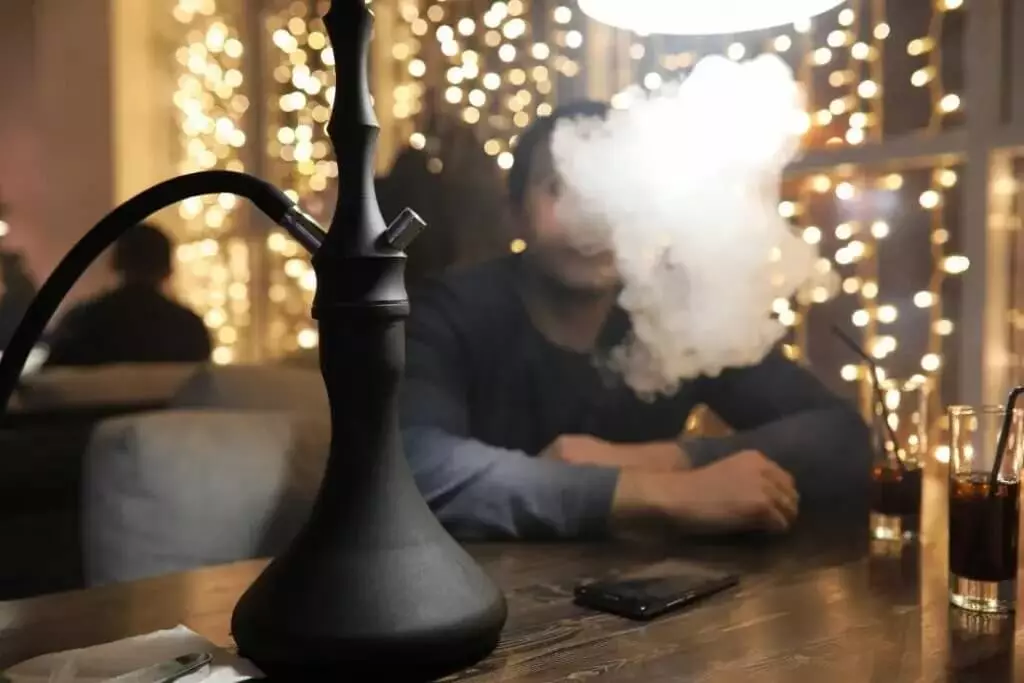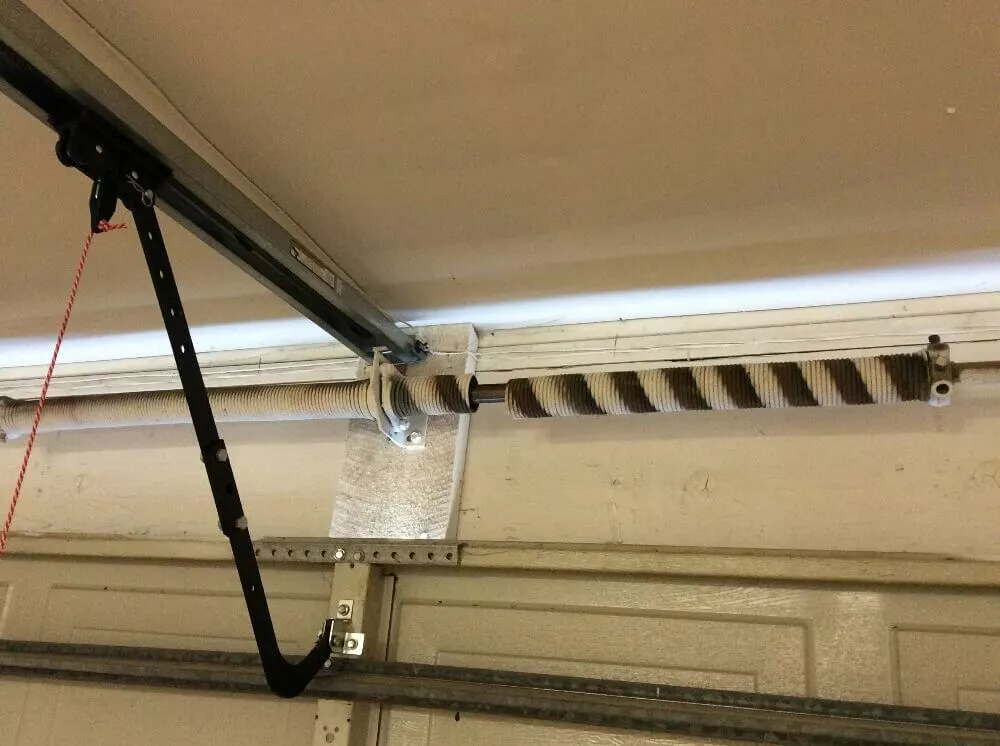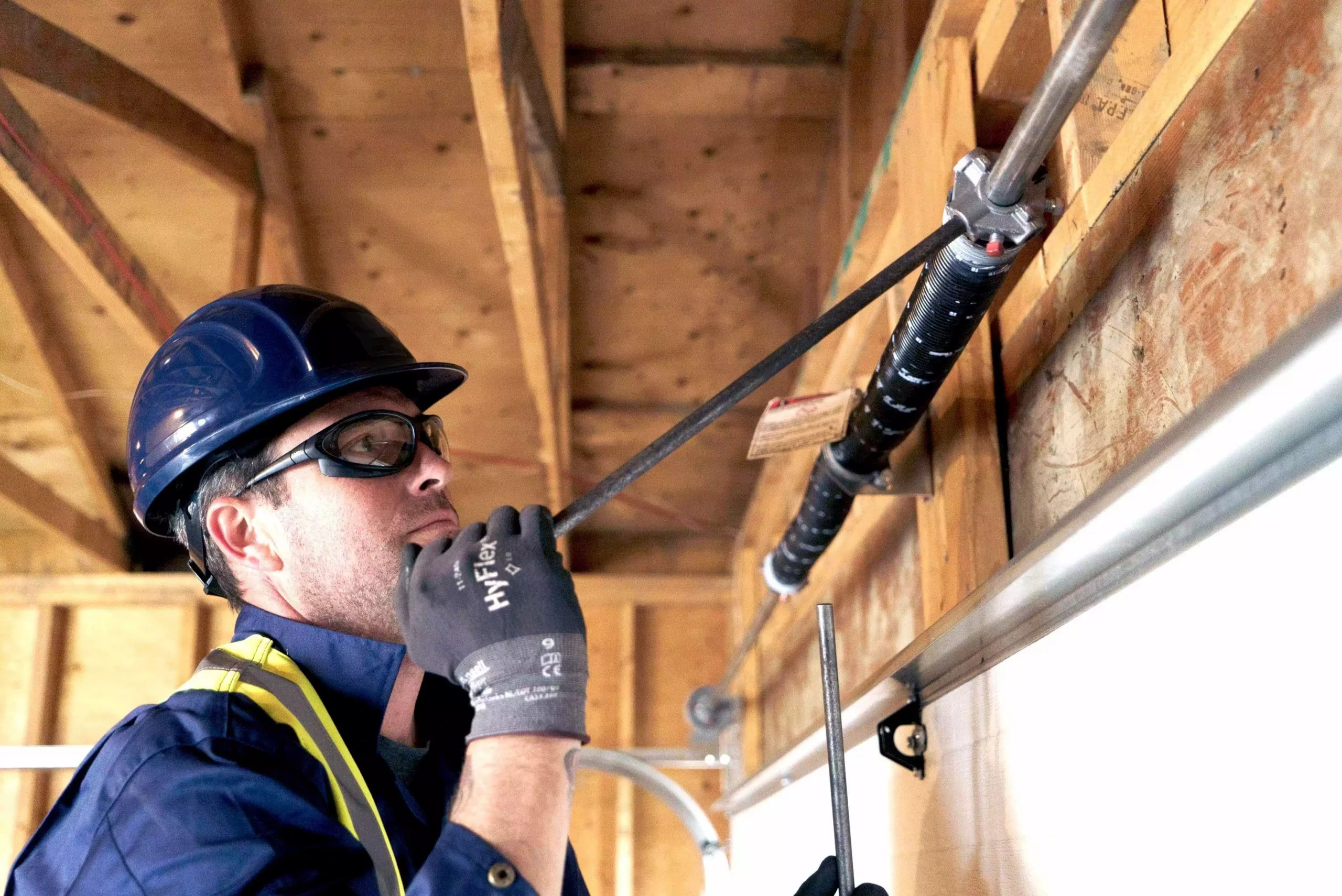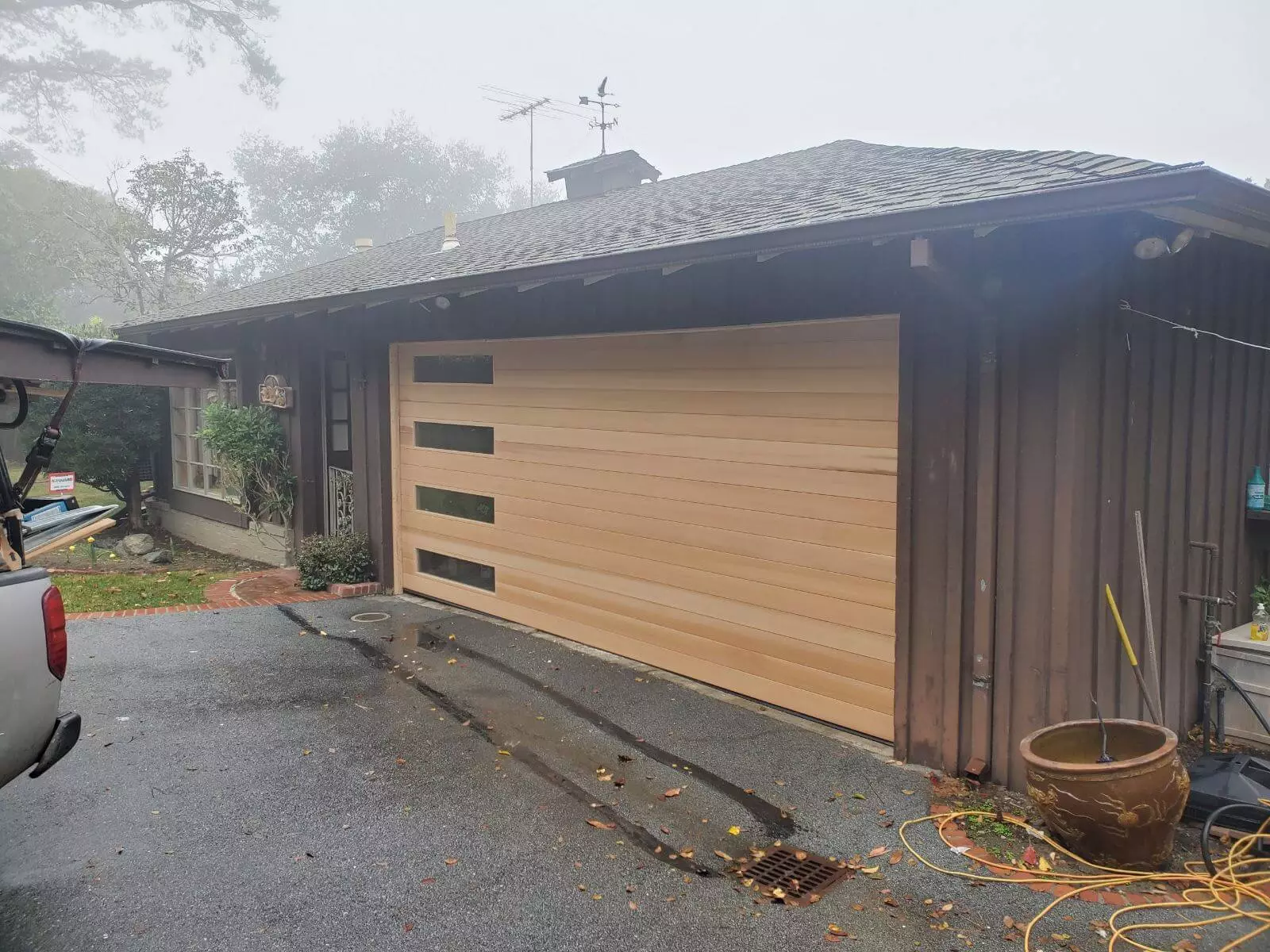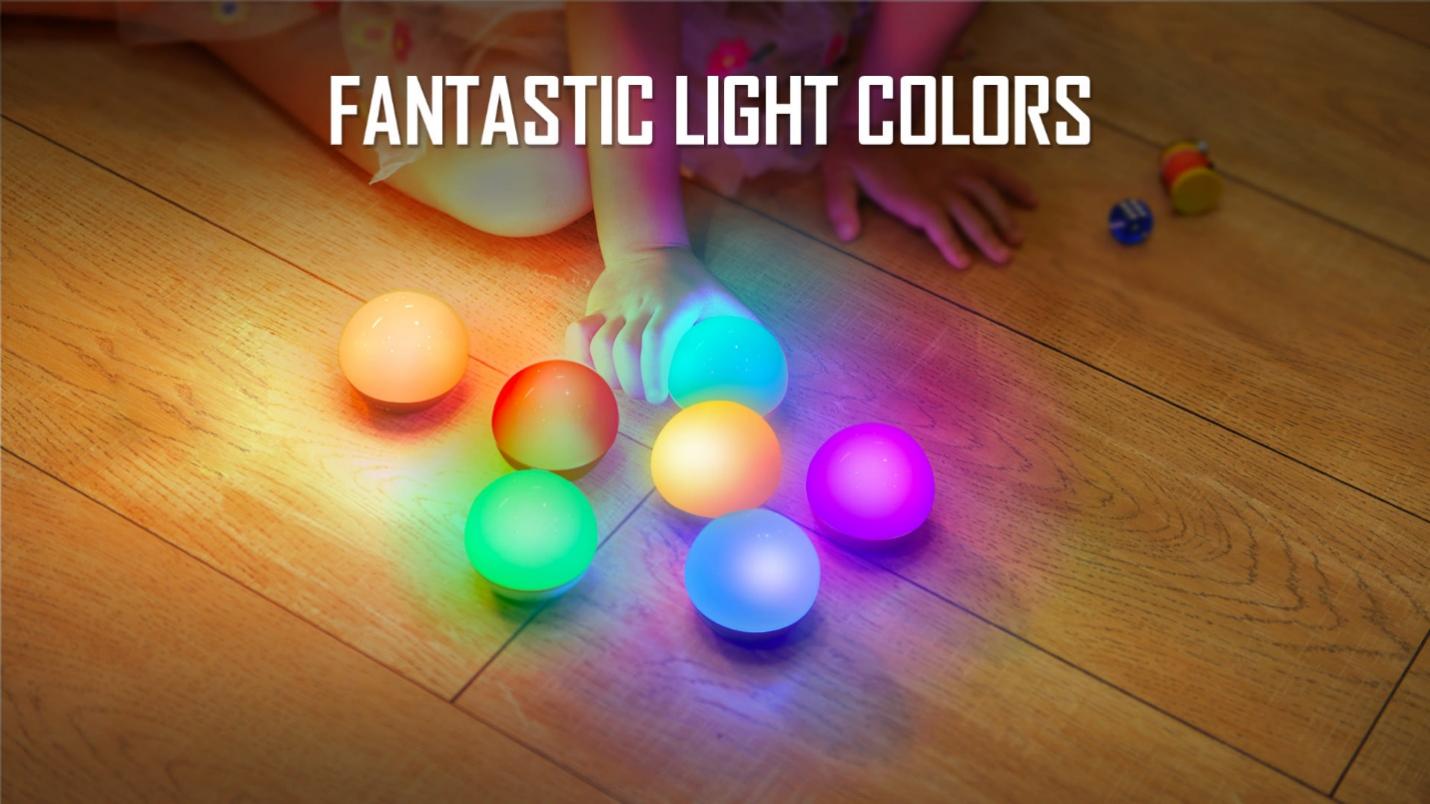
Many individuals believe that the lighting plan can be neglected while developing residences. However, the truth is that poor lighting can have a variety of negative effects on your mood. It has a significant impact on the atmosphere at home. There are many different kinds of white light you may use to decorate your house, but in this post we’ll focus primarily on 2700K and 3000K shades.
You must first have a firm understanding of what colour temperature is. The term “colour temperature” refers to a measurement of how warm or chilly a lamp’s light seems to be. So, this is how you would define how warm or chilly the various shades of white light are relative to one another. The colour temperature is measured in Kelvins. The range is between 1,000 and 10,000. Brighter light being emitted by the source is indicated by a higher Kelvin rating. We shall now discuss the 2700K and 3000K white light in more detail.
About 2700K
We must think about an incandescent bulb in order to comprehend the significance of 2700K white light. Light is produced when the lamp’s filament becomes heated. The light bulb is now referred to as having a 2700K colour temperature if the filament reaches that temperature when emitting the brightest light possible.
The majority of incandescent lamps now emit 2700K lighting; if that colour matches your tastes, you can choose 2700K white light. Many people, however, prefer lights with a bit higher temperature because they prefer them to incandescent lamps’ orange or yellow tint.
When to Use 2700K Soft White
In order to create 2700K, incandescent lamps must heat the filament to an intensity of 80% heat and 20% light. Because they produce this light at a temperature of 2700K, they are given that rating. These 2700K lights feature a golden tint that makes everything seem cosier and more natural.
The following tasks or activities can make use of this light.
Use natural toners to improve the material, such as wood or textiles.
dining areas
Lounges
a bedroom
living quarters
Warm lighting helps people feel better while reading.
watching TV or unwinding.
About 3000K
This 3000K light provides a neutralised white tone and is much purer than the 2700K light. It has a lot less yellow or orange colour and is a much crisper shade of white. Halogen bulbs are known to produce 3000K colour temperature light.
So, those who are sick of or not fans of the light produced by incandescent bulbs can choose these more focused alternatives. As it is neither too harsh, chilly, nor blue, the 3000K white colour temperature is regarded as ideal. Additionally, the appearance of this light is warm white.
When to Use 3000K Soft White
When low voltage illumination was needed and a small space was available, the tungsten filament was surrounded by halogen gas, which led to the popularity of white light with a 3000K colour temperature. Light and heat combine to create a clearer, slightly whiter light with cooler tones, which gives the appearance of more accuracy.
These lights are better suited for use when playing or working in any situation that requires accurate quality perception and good detail recognition.
Typically, the following areas in your home benefit from 3000K lighting:
Bathrooms
Dining rooms.
Offices
Kitchens
Materials that reflect cooler-coloured surfaces like glass and tile.
Hotel foyers.
Usual ambient light for cleaning.
How do 2700K and 3000K Differ from One Another?
There are no significant variations because there is only a 300K shift in temperature between 2700K and 3000K lighting. The lamps may easily be distinguished from one another if they are placed adjacent to one another. However, it becomes challenging to distinguish between them if they are situated far apart. If the 2700K and 3000K lights are not placed too close to one another, they can blend in well and be used together.
So, if you’re using 2700K lights in the kitchen for vintage lighting, try to keep everything looking the same. For a whiter, crisper hue, use 3000K lights under the cabinets or on the countertop.
Some people can distinguish the difference between the two lights with ease, while others struggle. Each individual experiences a different difference. Furthermore, recognising these lights when you actually see them is quite helpful. Additionally, since blue light has negative impacts on people’s health, many are concerned about how much of each form of light emits.
Melatonin production declines as a result of exposure to blue light, which affects sleep and relaxation. Any person’s sleep cycle may be negatively impacted by prolonged exposure to blue light. The output of blue light is greater with 3000K lighting than with 2700K lights. However, this criterion is insignificant because of the slight discrepancy.



